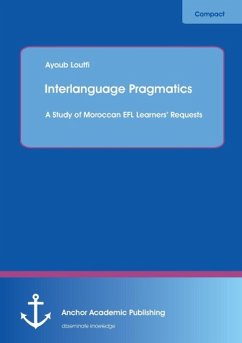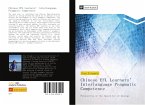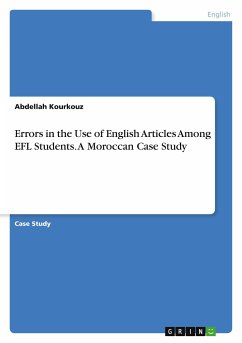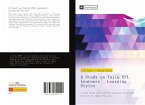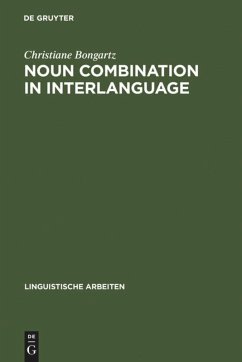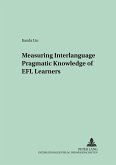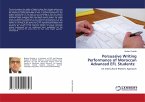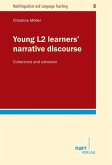The way language is acquired and learnt has for long been an intriguing issue in social science. This question has attracted researchers from a variety of disciplines and people from different theoretical persuasion and predilections. The process of second language acquisition is yet another of area that is worthy of investigation, given to the agglomerate of the issues that this process engenders to second language learners (L2, henceforth). Of interest to the present study is the way this process jointly interacts with a number of factors, most important of which is the learner's mother tongue. In this regard, a question of considerable interest is whether or not a learner's first language affects the process of second language acquisition, in such a way that this interference may either help ease or thwart the developmental path of the learning process. Another interesting query concerns the extent of which formal education reduces or helps circumvent this interference. On this view, the present study sets as its research goals the objectives of providing an investigation of the issue of pragmatic transfer from L1 into the Interlanguage of Moroccan learners of English, namely when these learners make requests in English. More specifically, this study will seek to compare the average frequencies of direct and indirect strategies used by both native Moroccan English as a foreign language learners and native speakers of English. Finally, this study will further attempt to explore whether transfer decreases as the study level increases, namely the case of the Moroccan EFL university learners at the first and the third level of university.
Bitte wählen Sie Ihr Anliegen aus.
Rechnungen
Retourenschein anfordern
Bestellstatus
Storno

